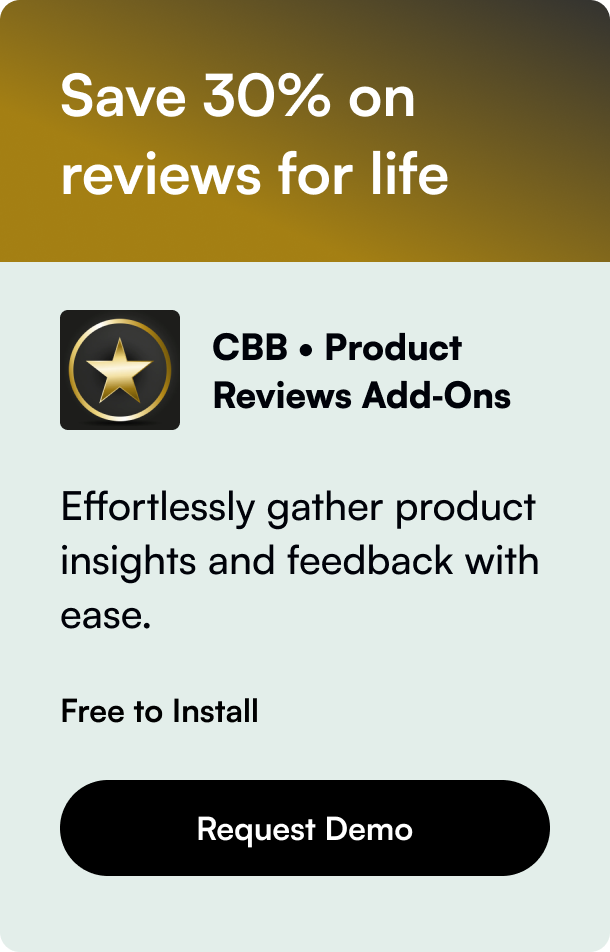Table of Contents
- Introduction
- The Process of Changing Your Shopify Store URL
- Implications for SEO
- Ensuring a Smooth Transition
- Conclusion
- FAQ
In today’s fast-paced digital marketplace, your online store's URL is not just an address; it's a critical aspect of your brand identity and SEO strategy. Whether you're rebranding, optimizing for search engines, or simply seeking a more memorable or relevant web address, understanding how to change your Shopify store URL is essential. This comprehensive post will guide you through the steps and considerations for changing your Shopify store's domain, ensuring a smooth transition that supports your business goals.
Introduction
Imagine this: you've spent countless hours perfecting your Shopify store, only to realize that your URL doesn't reflect your brand's essence or is too complex for customers to remember. Perhaps you're expanding your product line beyond your original niche, or you've stumbled upon a more SEO-friendly domain name. Whatever your reason, changing your Shopify store's URL can significantly impact your brand's online presence and customer experience.
Why It Matters
Your store's URL serves as the foundation of your online identity, affecting everything from brand perception to search engine rankings. A well-chosen URL can enhance brand recognition, improve user experience, and play a pivotal role in your marketing and SEO efforts. As such, the decision to change your Shopify store URL should be approached with careful consideration and strategic planning.
By the end of this post, you'll have a clear understanding of how to seamlessly change your Shopify store URL, the implications for your SEO, and how to ensure a smooth transition for your customers and search engines alike.
The Process of Changing Your Shopify Store URL
Changing your Shopify store URL involves several steps, from selecting a new domain name to setting up redirects. Here’s a detailed breakdown:
Step 1: Choosing a New Domain Name
Your new domain name should be:
- Memorable: Easy for customers to remember and spell.
- Relevant: Reflective of your brand and what you sell.
- SEO-friendly: Includes keywords relevant to your business for improved search rankings.
Step 2: Purchasing and Adding Your New Domain to Shopify
You can buy a new domain directly through Shopify or use a third-party domain registrar. Once purchased, adding it to your Shopify store is straightforward:
- Navigate to your Shopify admin dashboard.
- Go to ‘Settings’ > ‘Domains’.
- Choose ‘Connect existing domain’ and follow the prompts.
Step 3: Setting Your New Domain as the Primary
After adding your new domain, you need to set it as the primary domain for your store:
- In the ‘Domains’ section, click on your new domain.
- Select ‘Set as primary’.
Step 4: Setting Up Redirects
To prevent broken links and preserve your SEO efforts, setting up 301 redirects from your old URLs to your new ones is crucial. This tells search engines and browsers where to find the relocated pages, ensuring a smooth transition.
Implications for SEO
Changing your URL can temporarily affect your SEO rankings as search engines reindex your site. Here’s how to minimize negative impacts:
- 301 Redirects: Ensure all old URLs are redirected to their corresponding new URLs.
- Update External Links: Notify any partners or platforms linking to your site to update the URLs.
- Notify Google: Use Google Webmaster Tools to inform Google of your domain change.
Ensuring a Smooth Transition
Communication is key to ensuring your customers are aware of the change. Consider these strategies:
- Announcement: Utilize email marketing, social media, and your website to announce the change.
- Transparency: Explain why you’re changing your URL and how it benefits your customers.
Conclusion
Changing your Shopify store URL is a significant step that can enhance your brand identity, improve SEO, and offer a better user experience. By following the steps outlined in this guide, you can ensure a successful transition that supports your business goals. Remember, while the change might seem daunting, the benefits of a more memorable, relevant, and SEO-friendly URL can significantly impact your brand's online presence.
FAQ
Q: How long does it take for the new URL to reflect on search engines?
A: It varies, but typically takes a few days to a few weeks for search engines to index the new URL.
Q: Will changing my Shopify store URL affect my site’s historical data?
A: No, as long as you set up 301 redirects correctly, your site’s historical SEO value should be preserved.
Q: Can I revert to my old URL if I change my mind?
A: Yes, but it's advisable to stick with your new URL for consistency and to avoid confusing search engines and customers.
Q: How often can I change my Shopify store URL?
A: While there’s no limit, frequent changes are not recommended due to the potential impact on SEO and customer experience.








